Cerrillos
It is a large plain of about 144 hectares located west of the Playa Serena resort, as far as the municipal border, in the ‘Torre de Cerrillos’. It was originally a large expanse of sandy areas, with low, but very dense vegetation adapted to these environments, plants that helped to fix the highly mobile sandy areas formed by the intense action of the coast.
Today’s landscape has changed a lot. To find out why we must go back in time to the late seventies and early eighties, when plastic greenhouse cultivation really began to develop in earnest positioning both the district’s economy and its livelihood. At that time the best-known growing substrate was sand, and it was not readily available everywhere. The large coastal banks to the south of the district were the hope for this booming and successful new type of agriculture. Extraction began in the area surrounding the historic building. As soon as the water table (depth at which groundwater appears) was reached, and pit was abandoned. Before the site was declared a protected area, and at a time close to the advent of new farming techniques using other substrates, sand extraction was authorised by the competent authority. The water table was once again reached and the sand was extracted at even greater depths using industrial techniques. The pits were filled with quarry materials (specifically sedimentary rocks formed in the marine environment such as calcarenites) and covered with aggregate.


Today, all the open spaces have attracted numerous birds, which take advantage of the temporary lagoons formed by the effect of these landfills (most of them impermeable due to the compaction of the materials used). In the future nature may once again create large sandbanks, currently though they are natural, temporary wetlands that depend on rainfall. In this way we can find this primitive coastal plain of sandbanks covered by sand plants such as barron (Ammophila arenaria) or the striking sea caterpillar (Cakile marítima), wild perpetua (Helichrysum stoechas) and sea daisy (Asteriscus maritimus). There are specimens of Taray surviving from the reforestation of the quarry, and some reed beds in the areas in contact with the salt marshes.
It can be crossed using a public right of way through the protected area to the north, and along the route of the GR-92 trail. It is a place to walk and birdwatch, both water birds (it is especially used by waders) and those typical of arid areas and open spaces.


Birds to be found here:

Common Tern

Mediterranean Gull

Wood Sandpiper

Common Sandpiper

Whimbrel

Common Snipe

Northern Lapwing

Grey Plover
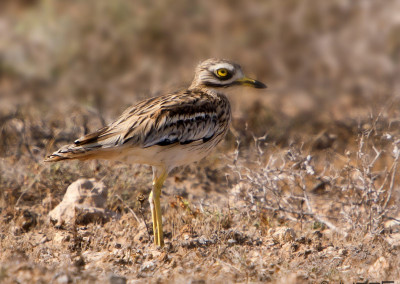
Eurasian Stone-curlew

Black Tern

Sandwich Tern
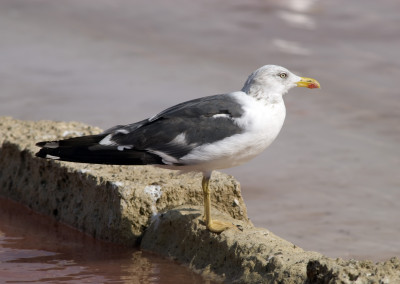
Lesser Black-backed Gull

Audouin´s Gull
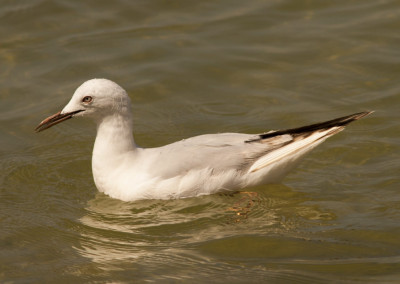
Slender-billed Gull
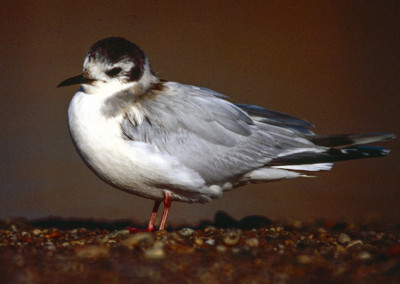
Little Gull

Black-headed Gulls

Ruddy Turnstone

Common Redshank

Spotted Redshank

Green Sandpiper

Bar-tailed godwit

Black-tailed Godwit

Ruff
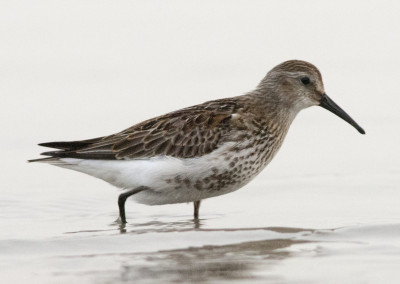
Dunlin

Little Stint

Sanderling

Red Knot

Little Ringed Plover

Common Ringed Plover

Collared Pranticole

Pied Avocet

Eurasian Oystercather

Eurasian Coot

Purple Swamphen

White Stork

Grey Heron
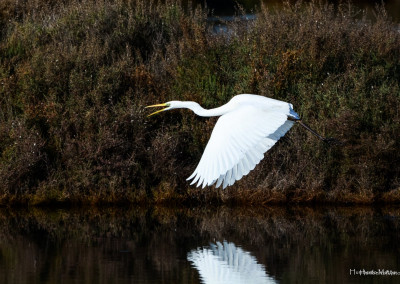
Great Egret

Little Egret

Cattle Egret

Black-crowned Night Heron

Black-necked Grebe

Little Grebe

Little Tern

Yelow-Legged Gull
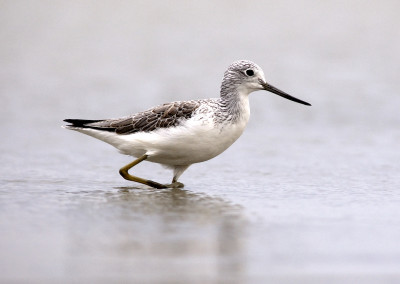
Common Greenshank
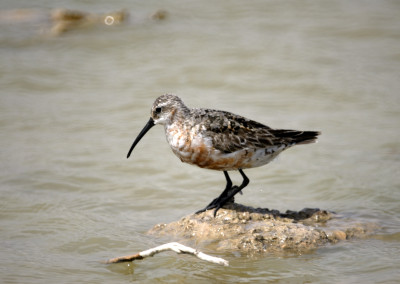
Curlew Sandpiper

Mallard

Kentish Plover

